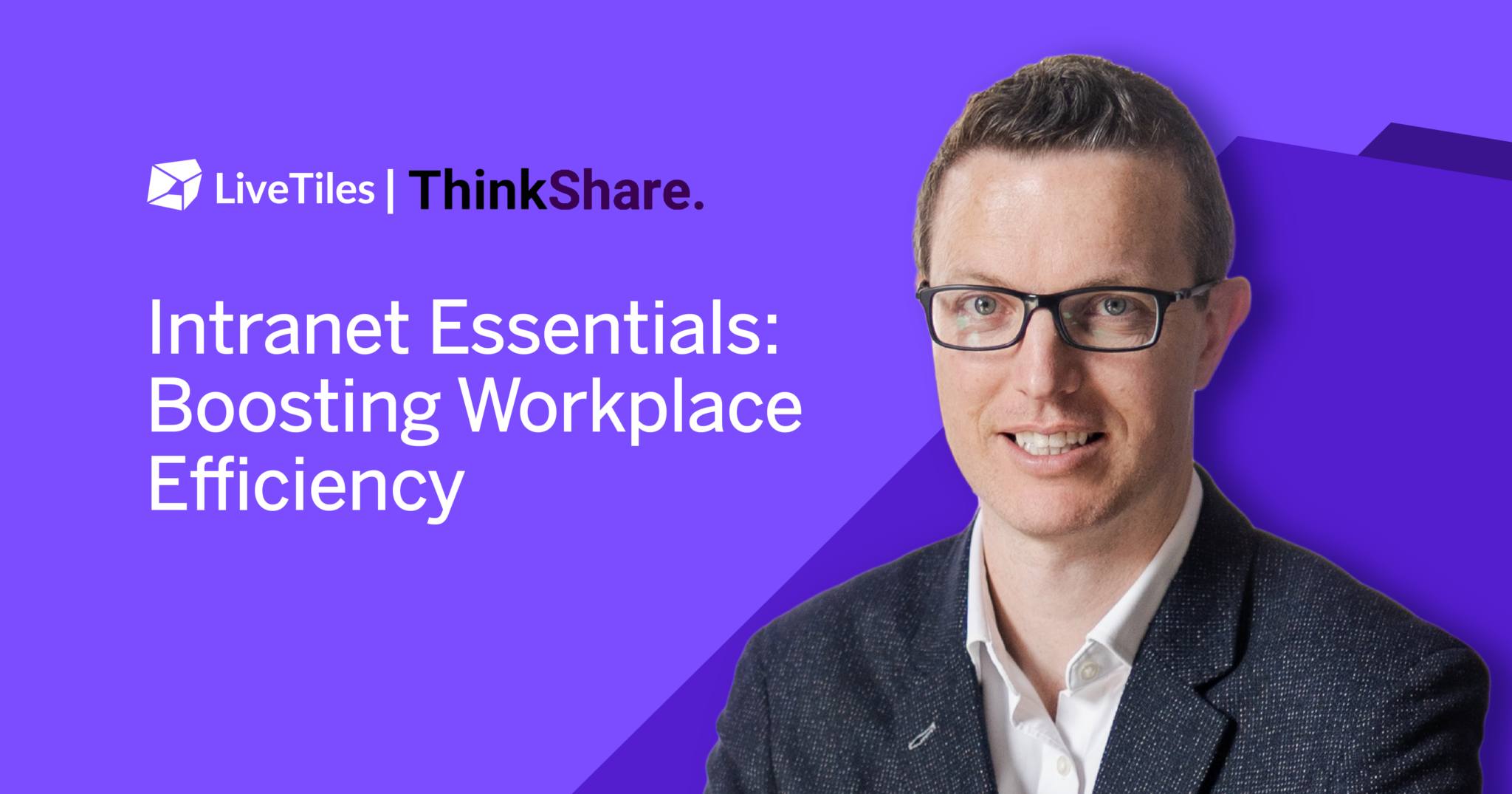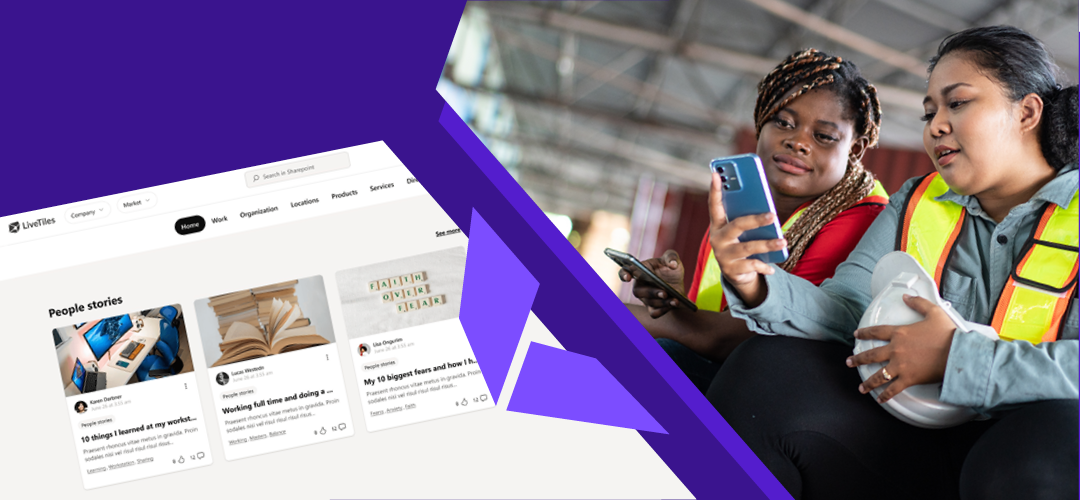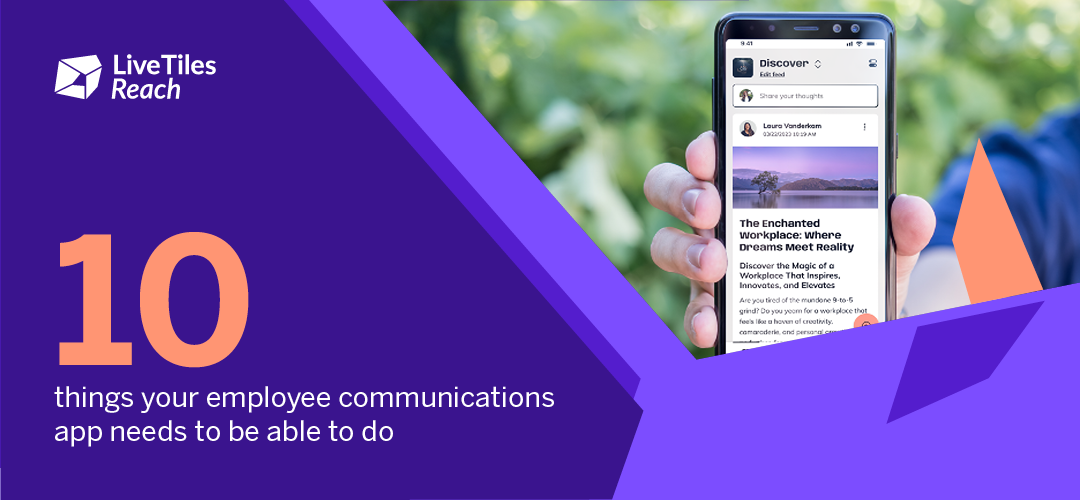In the second quarter of 2020, a few weeks into the pandemic, many found themselves in a situation they would not have imagined. They were working at home, and their bosses were okay with it.
Three years ago, thinking that a significant majority of people would be working from home was unthinkable. The hybrid workplace, and all the flexibility that came with it, was more associated with the likes of rule-breakers in Silicon Valley or a growing tribe of digital nomads. These days, many of those who once persevered with a commute to the office now find themselves at home and at work simultaneously.
And many of us are not just working from home—but we can find ourselves working more. Data from business support company NordVPN Teams found workers in the US and UK spend two more hours working compared to pre-pandemic times. A survey conducted by a UK-based remote events company found workers are taking “shorter lunch breaks, working through sickness, and are always on,” as the distinction between working and leisure time becomes more blurred.
This new challenge brought forth by the pandemic has led everyone, from workers to executives, to reflect. As Rachel Deutsch, director of worker justice campaigns at the Center for Popular Democracy, told Vox, many are now asking: “We have one life — and are we working to live, or are we living to work?”
Redefining Work-Life Balance
There is now greater pressure for companies and organizations to understand and support a healthy work-life balance.
For Anna Cox, a professor of human-computer interaction at University College London, this means “feeling in control of how you balance the various demands of all aspects of life to enable wellbeing and avoid illness”. This should involve “happiness, fulfillment and job satisfaction”. Workers intuitively understood this, which led to what Anthony Klotz calls the “Great Resignation”— the phenomenon when millions of Americans started quitting in 2021, a phenomenon now being played out globally.
Organizations are taking note however and reimagining the future of work through the lens of our work-life blend.
As our LiveTiles Global Employee Experience Pulse Check 2021 survey revealed, only 28 percent of workers feel they have the right level of flexibility and work-life blend. This problem is more apparent in full-time workers, which is a challenge that organizations must address to retain their best talent—or else the best members of their team might join the competition, go freelance or start their own businesses. Gig workers and business owners in particular demonstrated greater satisfaction and control over their blend of work-life in the research.
For one, gig workers and the self-employed find it easier to set aside more time for things outside of their work responsibilities. And what defines a life well-lived better than being able to pursue one’s best interests? Many thought leaders have proclaimed that we’re entering the era of “anti-ambition” wherein workers no longer aspire to reach the top of the work ladder. Instead, they want to pursue personal goals, whether those goals are building a family or completing a marathon. Organizations therefore need to have better processes, digital workplace tools and people policies that can support these trends.
For McKinsey, this means offering better workplace benefits. Aside from shouldering employees’ healthcare costs, organizations have to ensure their members know how to avail of them. Communication is key to helping employees better understand the care they can receive. This also includes destigmatizing receiving support from companies. McKinsey found however that 40% of employees refuse to get the care they need as they feared being judged. For something as critical as healthcare, which does not differentiate between our work and home lives this is indeed alarming.
This is when employee experience and workplace culture come in.
How Empathy and Better Connections Help Keep the Balance
The pandemic has already shown how empathy and better connections with others can make a more fulfilling experience in both our personal and professional lives.
For Erica Dhawan, author of “Digital Body Language”, this means practicing “perspective-taking”. Try to look at things from other people’s point of view. Before sending a message to a colleague, reflect on how your message or behavior may be perceived or interpreted. Is sending a message on a weekend really necessary? Is it as urgent as it seems? In the same vein, a simple compliment to a peer’s well done presentation can be a big boost to his or her morale.
The importance of better connections doesn’t just apply to colleagues or peers. Leaders must also find ways to build better connections and a better hybrid and virtual culture for their teams. Working from home should not mean you feel overlooked or out of the loop. For starters, leaders can initiate informal gatherings with members to nurture camaraderie outside of the workplace. Or they can just simply start virtual get-togethers or group chats that tackle anything under the sun, from the latest movie to the daily Wordle. As McKinsey says: “Interactions between leaders and teams provide an essential locus for creating the social cohesion and the unified hybrid virtual culture that organizations need in the next normal.”
Even with all these iterations, it must be noted the pursuit of work-life balance is a constant work-in-progress. The constantly changing demands of industries, and the differing requirements in handling the pandemic can force many to tweak and adapt their policies regularly. This evolving state is then good news for all members of an organization.
As everyone has been asking what work-life balance is, they can also help define what this means for them.







